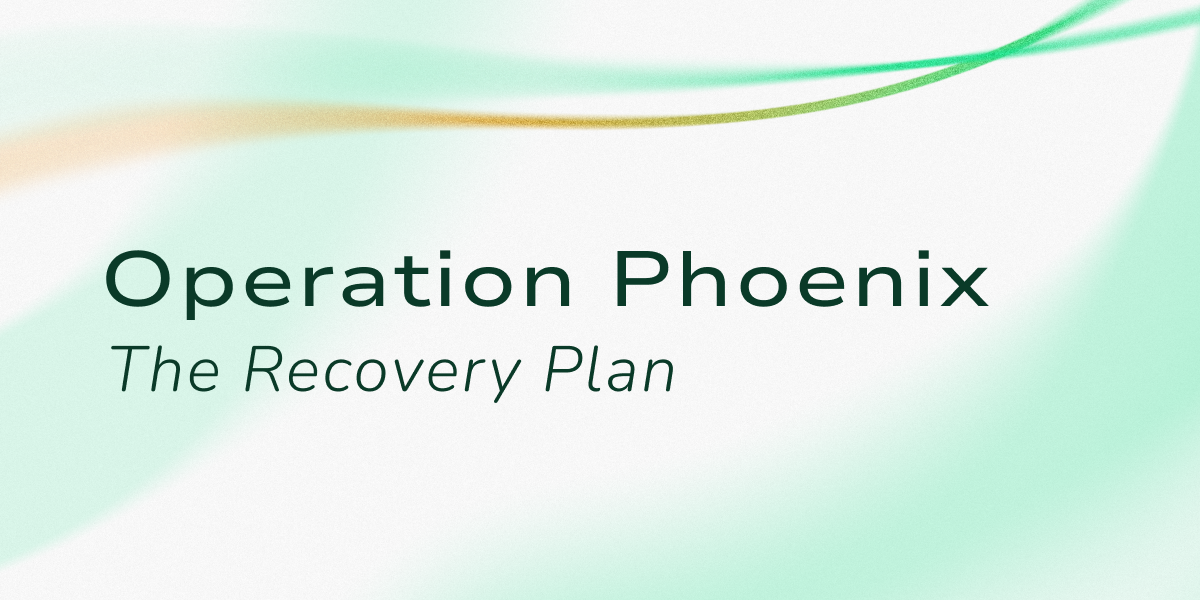Malda
Malda
Malda (prev. Mendi Finance) is the first Unified Liquidity Lending to deliver a seamless lending experience across Mainnet & L2s.
Subscribe to Malda
Receive the latest updates directly to your inbox.

The Road to Recovery
In the past 8 weeks we have been working day and night, collaborating with a wide range of parties from partners to security firms to create Malda’s recovery plan: Operation Phoenix. This recovery plan outlines how we will make affected users whole again, while laying the foundation for Malda’s long-term success.

May 30th Incident: Post Mortem
May 30, 06:51 PM UTC — A third party attacker executed an exploit targeting the Mendi-to-Malda migrator contract:https://lineascan.build/tx/0xd62a3d483b89e38b681777804b286dec682919891924c2b13c566dfaad666ed3

Position Migration: Mendi to Malda
Got supplies and borrows on Mendi? Early migrators earn double-incentives for migrating to Malda!

Hey you, Malda Mentions is here!
Unleash your voice. Get on the leaderboard. Earn from a prize pool of points worth $1mil in deposits - that’s 30,000,000 Malda Points up for grabs!

Malda Tokenomics 2: Points
In the second highlight of Malda’s tokenomics release, we’re diving into Malda Points and what you can expect to see once it goes live.

Malda Tokenomics 1: The Foundation
Leading up to Malda’s mainnet launch, we will be unveiling bits of our tokenomics! In Part 1: The Foundation, the core pillars supporting Malda are explored in-depth. You will find out about the revenue structure to support Malda’s longevity, everything “global” about Global Pools as well a new Stability Module feature which bolsters Malda’s economic security while rewarding users.

Malda Testnet: Beyond Expectations
1,500,000 is the final number. Yes, the Awakening testnet had more transactions than a mid-sized L2...

Malda Awakening Begins
The wait is over, the Malda Awakening testnet campaign is now live! This campaign is co-hosted by RiscZero, who will be providing Boundless infrastructure supporting the generation of zkProofs at Malda mainnet.

